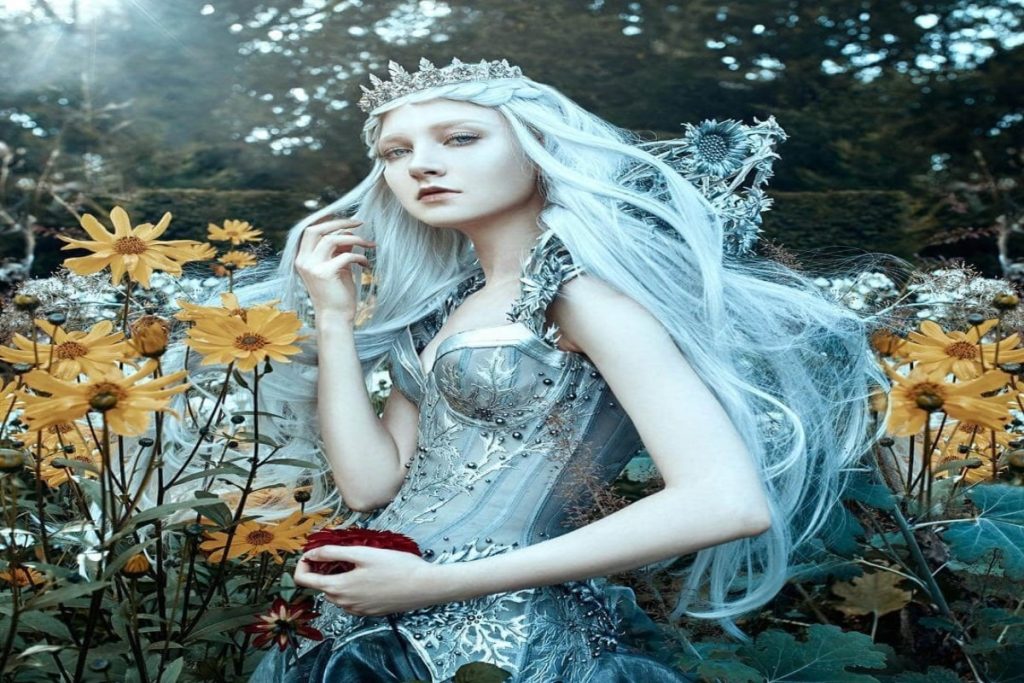Having a firm grasp on the seven elements Aihatmakertechcrunch of photography can help you to create your best images. These include: lines, colors, space, rhythm, texture, unity, and depth. Whether you want to make a photo portfolio or are a professional photographer, understanding these elements will help you to make a great picture.
Lines
Whether it is a straight line, curved shape, or anything in between, lines are a fundamental element of photography. They add depth to an image, create a sense of movement and can even guide the viewer around the picture. If you want to take better photos, learning how to use lines can help.
A horizontal line is one of the most common lines used in photography. They can be natural or manmade, and can be positioned in the foreground or background. This line can give your photos a feeling of stability or quiet. They can also act as a leading line, directing the viewer towards the subject of your photo.
Space
Adding space to compositions adds depth to photos and makes them feel more three-dimensional. This is especially useful in outdoor photography. Using the rule of thirds can help add space to compositions.
Lines in photography are defined as a path that cuts across the frame. There are many different types of lines, including leading lines, which draw the viewer’s eye to a specific area. They can also be used to create a pattern in images.
Colour is another important element of an image. Color plays a major role in setting the mood and emotion of a photograph. Cool colors can give a feeling of coldness, while warm colors give a sense of lively energy.
Colors
Choosing the right colors for your photographs can make a big difference in the mood you want to portray. A warm colour will set the scene in a lively and energetic mood, whereas a cool colour will evoke a sense of calm.
Another element to consider is texture. This can be either rough or smooth. Adding texture to your photos will help them feel lifelike and more interesting. It can also help to create an illusion of depth.
Lines are also an important photographic element. They can express a number of different emotions, including symmetry, rhythm and a feeling of perspective.
These elements can all work together to create a unified message. Creating a pattern is another technique used by photographers. A mountain reflection in a pond is a perfect example.
Texture
Adding texture to your photography is a great way to add depth and realism to your images. There are many ways to achieve this, and it is important to remember that your lighting and equipment play a big role in the creation of a beautiful photograph.
A low f-stop will create a blurred foreground. You will also want to make sure you have the right lens to get the most out of your image. A macro lens is perfect for capturing the details in a texture photo.
Another tip is to take a picture of a textured object from a distance. You can even try to photograph a texture from above.
Rhythm
Rhythm is one of the 7 elements of photography that contribute to good composition. It is important to learn how to identify rhythm and create it in your pictures. A rhythmic composition can help you keep the viewer’s eye in the frame.
In photography, rhythm is created through color, shapes, and lines. Each of these elements has a different impact on the mood and emotional impact of a photograph. Rhythm can also be a visual backdrop to the primary subject.
Lines are important because they convey movement and value. They can be curvy, straight, thick, or thin. In addition, lines can have a direct impact on the tempo of a photograph. This is why it is important for photographers to use lines to connect the elements of a composition.
Unity
Using the principle of unity in your photography creates a cohesive image. Having a clear idea of what you are trying to convey before you shoot will help you achieve the results you want.
Whether you are taking a candid shot or a portrait, use a technique that helps the subject stand out while still being in a harmonious context. The rule of thirds and asymmetry are two ways to do this.
Another way to achieve a sense of unity in your photos is by using colors. Colors of varying shades and value add a level of interest to an image. For example, a bright red apple in a row of green apples will create a sense of unity.

